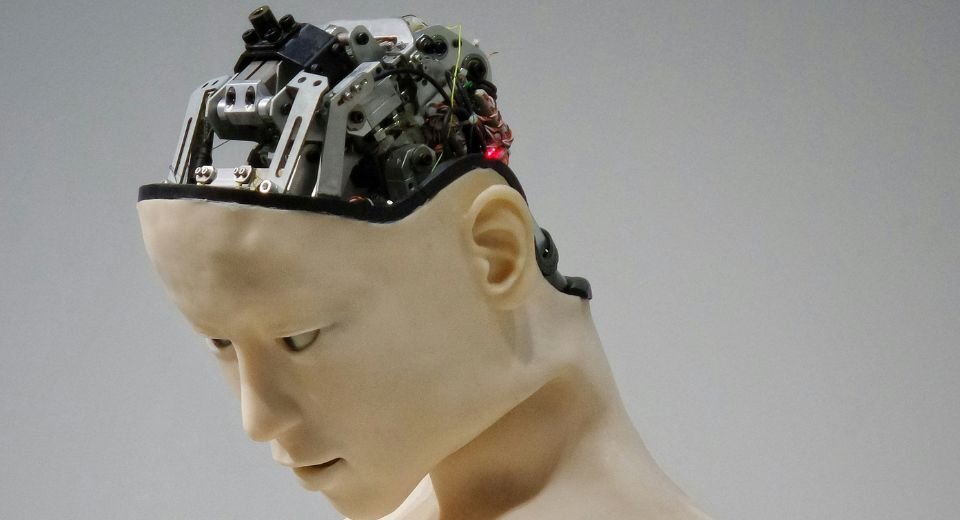HQ Team
May 14, 2024: Families of patients with severe traumatic brain injury will have to think twice before plugging out the life support systems of their near ones as a study cited “poor neurologic prognosis” by physicians as the main reason for withdrawing the breathing aid.
Investigators at the Mass General Brigham, the largest hospital-based research enterprise in the US, collected data on 1,392 traumatic brain injury patients admitted in US trauma centres from 18 intensive care units over 7.5 years.
Some patients for whom life support was withdrawn may have survived, recovered, and acquired a certain level of independence a few months after injury, according to the researchers.
“These findings suggest that delaying decisions on withdrawing life support might be beneficial for some patients,” the researchers said, according to a Brigham statement.
Five million people
Traumatic brain injury is a major cause of hospitalisations and deaths around the world, affecting more than five million people each year. Predicting outcomes following a brain injury can be challenging, yet families are asked to make decisions about continuing or withdrawing life-sustaining treatment within days of injury.
Family members are often asked to make decisions to withdraw life support measures, such as mechanical breathing, within 72 hours of a brain injury.
“Information relayed by physicians suggesting a poor neurologic prognosis is the most common reason families opt for withdrawing life support measures. However, there are currently no medical guidelines or precise algorithms that determine which patients with severe TBI are likely to recover,” according to the statement.
During the study, the researchers created a mathematical model to calculate the likelihood of withdrawal of life-sustaining treatment, based on properties like demographics, socioeconomic factors and injury characteristics.
Gaining independence
Then, they paired individuals for whom life-sustaining treatment was not withdrawn (WLST-) to individuals with similar model scores, but for whom life-sustaining treatment was withdrawn (WLST+).
“Based on follow-up of their WLST- paired counterparts, the estimated six-month outcomes for a substantial proportion of the WLST+ group was either death or recovery of at least some independence in daily activities.”
Among the survivors, more than 40% of the WLST- group recovered at least some independence.
The research team found that remaining in a vegetative state was an unlikely outcome after six months of the injury.
“Importantly, none of the patients who died in this study were pronounced brain dead, and thus the results do not apply to brain death,” according to the statement.
‘Cautious approach’
The findings suggest there is a cyclical, self-fulfilling prophecy taking place. Clinicians assume patients will do poorly based on outcomes data. This assumption results in the withdrawal of life support, which in turn increases poor outcome rates and leads to even more decisions to withdraw life support, the authors said.
Studies involving larger sample sizes that allow for more precise matching of WLST+ and WLST- cohorts are needed to understand variable recovery trajectories for patients who sustain traumatic brain injuries, they said.
“Our findings support a more cautious approach to making early decisions on withdrawal of life support,” said corresponding author Yelena Bodien, PhD, of the Department of Neurology’s Center for Neurotechnology and Neurorecovery at Massachusetts General Hospital.
“Traumatic brain injury is a chronic condition that requires long-term follow-ups to understand patient outcomes. Delaying decisions regarding life support may be warranted to better identify patients whose condition may improve,” she said.


